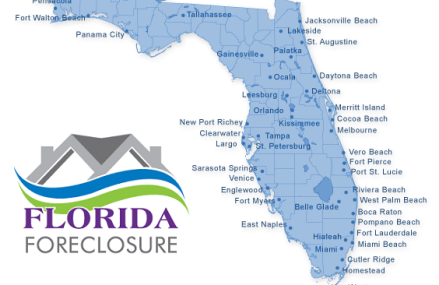Federal Government Mortgage Assistance Programs
HOPE for Homeowners offers foreclosure help for borrowers to refinance mortgages. This program is for those who are having difficulty making their payments, but who can afford a new loan insured by US Department of Housing and Urban Development’s Federal Housing Administration (FHA).
HOPE for Homeowners assistance can include:
- Increasing the loan to value ratio (LTV) to 96.5 percent for some
- Simplifying the process to remove subordinate liens by permitting upfront payments to lien holders
- Allowing lenders to extend mortgage terms from 30 to 40 years
Call (800) 225-5342 for more information.
The FHA Secure plan is for borrowers who qualify for refinancing through the Federal Housing Administration, and is for homeowners who are now in default because their adjustable rate mortgage, ARM, has reset.
To qualify for FHA Secure, eligible homeowners must meet the following five criteria:
- A history of on-time mortgage payments before the borrower’s teaser rate expired and the loan reset
- A mortgage interest rate that has reset between June 2005 and December 2009
- At least three percent cash or equity in the home
- A sustained history of employment
- Sufficient income to make the new mortgage payment
The FHA Secure refinance program will require an escrow impound account for property taxes and insurance as well as FHA mortgage insurance premium to be included in new mortgage payments. All FHA Secure home loans will have no mortgage pre-payment penalties, which is usually the case with FHA loans.
Veterans Administration cash-out refinance loans are for qualified veterans, military personnel or spouses. Veterans Administration (VA) loans now offer a new cash-out refinance option, up to 100 percent loan to value. This program allows qualified borrowers to refinance their existing mortgages into VA loans with great benefits. Some VA loans require no down payment for purchases.
The Servicemembers’ Civil Relief Act, which was formerly known as The Soldiers’ and Sailors’ Civil Relief Act of 1940, is a program designed to keep active duty servicemen and servicewomen from foreclosure and mortgage default. To qualify, eligible homeowners must be active duty military personnel who had a mortgage obligation prior to enlistment or prior to being ordered to active duty.
The Servicemembers’ Civil Relief Act limits the interest that may be charged on mortgages incurred by a service member (including debts incurred jointly with a spouse) before he or she entered into active military service. Mortgage lenders must, at your request, reduce the interest rate to no more than six percent per year during the period of active military service and recalculate your payments to reflect the lower rate. This provision applies to both conventional and government-insured mortgages.
The interest rate limitation is not automatic. To request this temporary interest rate reduction in your mortgage, essentially a loan modification, you must submit a written request to your mortgage lender and include a copy of your military orders. The request may be submitted as soon as the orders are issued, but must be provided to a mortgage lender no later than 180 days after the date of your release from active duty military service. If you can’t pay at this lower rate, your mortgage lender may allow you to stop paying the principal amount due on your loan during the period of active duty service although lenders are not required to do so.
Learn more about The Service members’ Civil Relief Act.
State Assistance Programs for Struggling Home Owners
States each have their own policies on how they are helping residents to cope with the mortgage crisis. While no state has been untouched by rising foreclosure rates, these states are some of the highest ranking states in the country for foreclosures:
- Alabama
- Arizona
- Arkansas
- California
- Colorado
- Connecticut
- Florida
- Georgia
- Hawaii
- Idaho
- Illinois
- Indiana
- Kansas
- Maryland
- Massachusetts
- Michigan
- Minnesota
- Missouri
- Nevada
- New Hampshire
- New Jersey
- New Mexico
- New York
- Ohio
- Oklahoma
- Oregon
- Pennsylvania
- Rhode Island
- South Carolina
- Tennessee
- Texas
- Utah
- Virginia
- Washington
- Wisconsin
To find out more about what your state is doing for individual homeowners, as well as for the state economy in general, please visit our state pages. We will be continually updating these pages with additional information as it becomes available.



